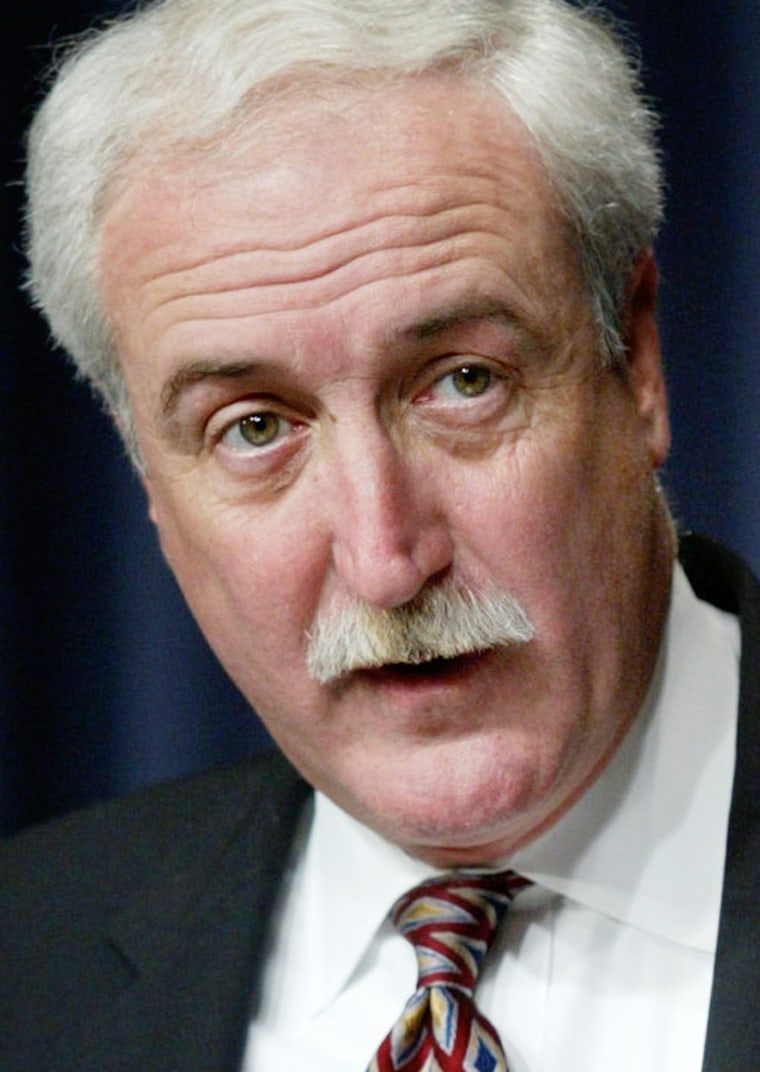NASA will not be able to launch humans into space aboard the space shuttles unless the space agency can improve risk communication with the public and establish and independent safety organizations, the agency’s top administrator said here Wednesday.
During a surprise visit to a conference dedicated to understanding the risks of human spaceflight, NASA Administrator Sean O’Keefe told attendees that public support of the space agency would play a vital role in the returning the space shuttle to flight status.
“If the [public] view is ‘They’re not ready yet,’ the public perception will absolutely wipe us out,” O’Keefe said during NASA’s Risk Management Conference 2004, held in the space agency’s Assurance Technology Center at the Ohio Aerospace Institute. “The stakes are high, and it’s imperative that we do this properly and do it well.”
Over the next few months, NASA will develop plans to reach out to the public alongside its other return-to-flight activities, then bring them before the Stafford-Covey Task Force for assessment in December, said O’Keefe, who appeared at the conference after visiting a NASA Explorer School.
A series of events, beginning with the first shipment of an updated shuttle external tank to Kennedy Space Center in Florida for integration, will help NASA relate the steps it’s taking on the road to its next launch.
“There will be a series of events to relate,” O’Keefe said, “which still tracks to what will hope will be a spring launch.”
Agency officials currently plan to return to flight with the shuttle Discovery under the STS-114 mission, sometime in May 2005.
But before the agency launches its first shuttle since the Feb. 1, 2003, loss of Columbia, O’Keefe said it must establish an Independent Technical Engineering Authority to address shuttle safety issues independently from shuttle program managers.
Developing an overall plan for the new safety group was one of 15 recommendations made by the Columbia Accident Investigation Board for NASA to address before resuming shuttle flights.
“I want to see it implemented before we return to flight,” O’Keefe said, adding that merely developing an ITEA plan could stretch out the time it takes to put the safety group into action. “If we don’t do that, then we’ll keep pushing return to flight back."
